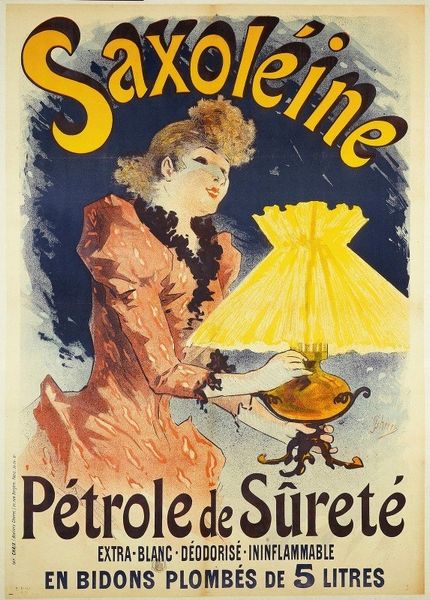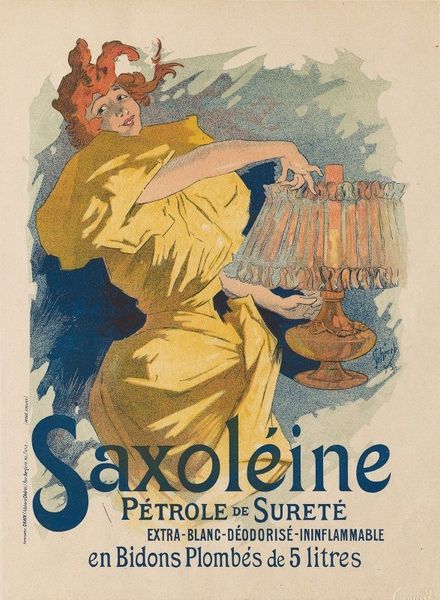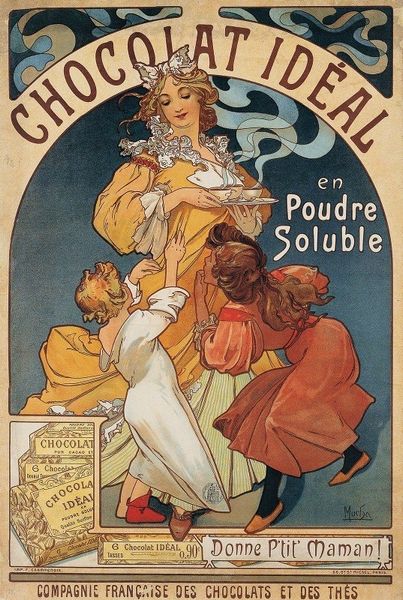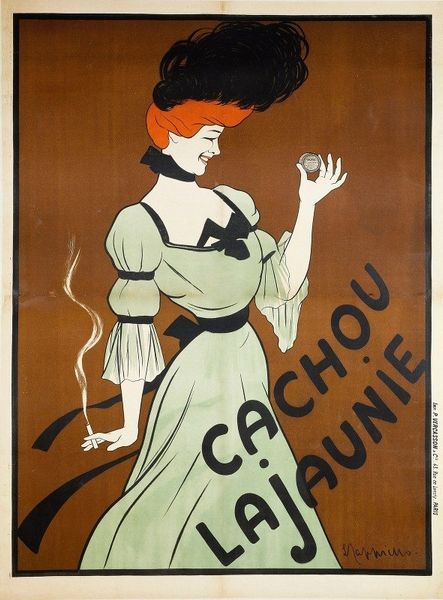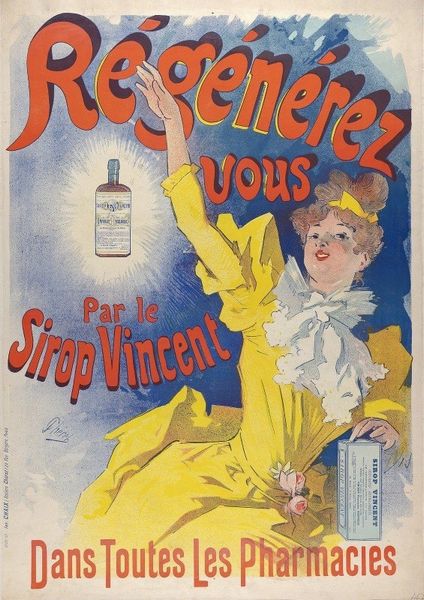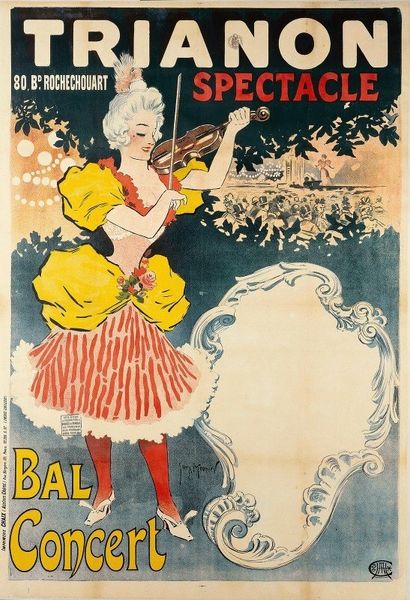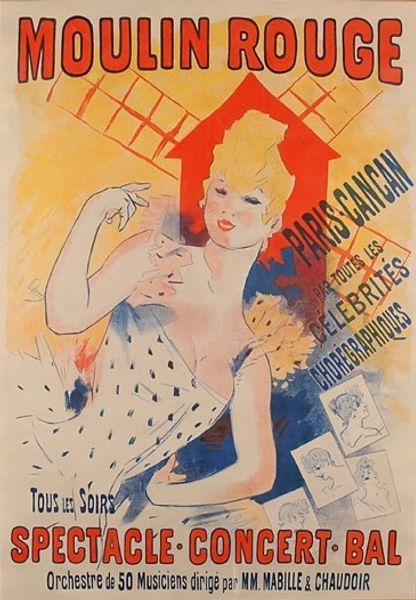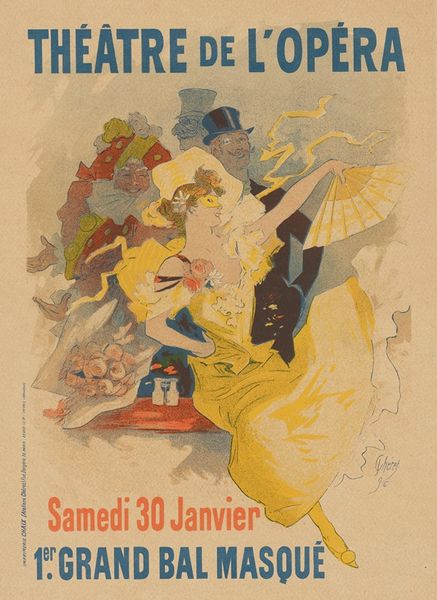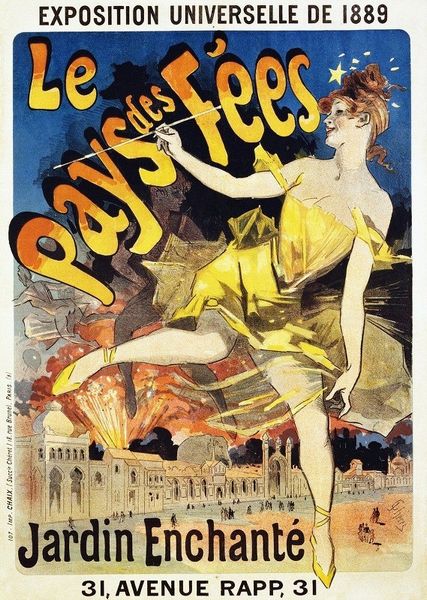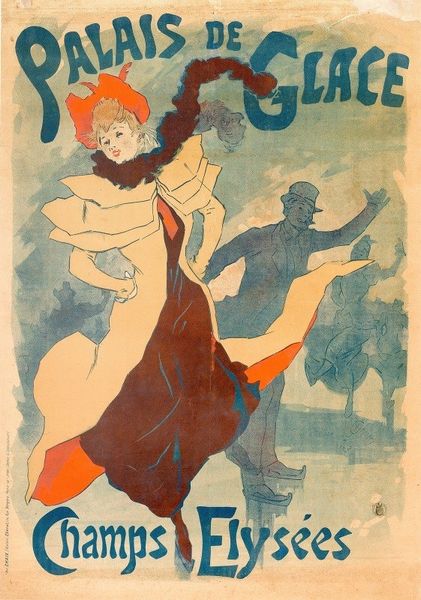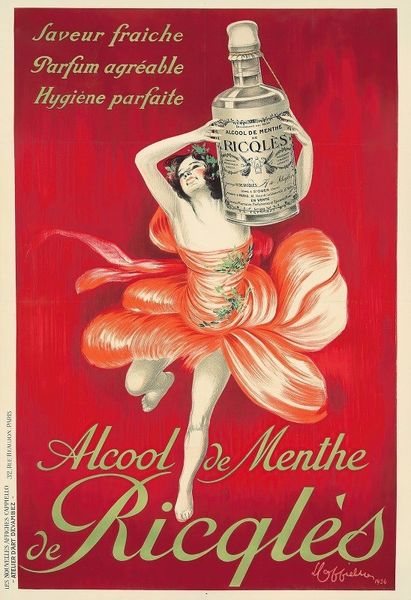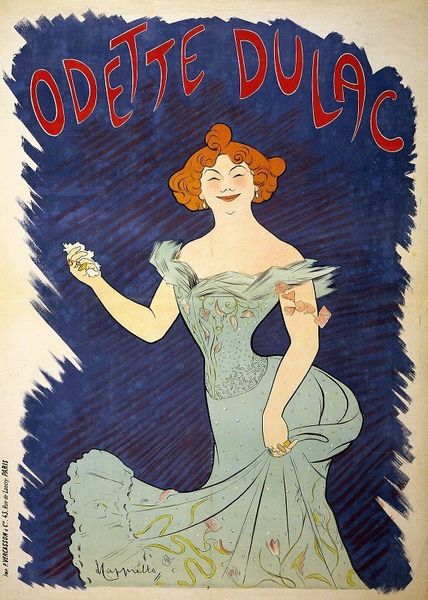
lithograph, print, poster
#
art-nouveau
#
lithograph
# print
#
figuration
#
poster
#
erotic-art
Copyright: Public domain
Curator: Ah, this lithograph jumps right out! Jules Chéret created this poster in 1900, its title is Saxoléine, Pétrole de Sûreté, which is pretty straightforward, actually. What’s your first take? Editor: The lady gives off real Parisian vibes, gazing lovingly at an oil lamp... a bit seductive, maybe? There's also a definite sense of… old-world charm, of a world on the cusp of massive industrial and social changes. Curator: Precisely! Chéret's work lives at that turn of the century crossroads. You have the “Chérettes,” those joyful, liberated women he portrayed, yet here, she's almost reverent, a goddess of domestic comfort fueled by, well, refined petroleum! I find her so self-possessed. Editor: It's complicated, right? The poster sells safety, but through a subtly eroticized image. Look at how the light catches her bare shoulders, that slight tilt of her head. It draws you in… yet it’s also selling the *idea* of progress and, essentially, consumerism, packaged as liberation. Curator: Oh, but consider the art nouveau influence – the flow of the gown, the wisps of color in the background that almost feel like movement! Chéret elevated advertising to art; his approach gave these ephemeral objects genuine visual richness. Editor: And that accessibility allowed for a broader cultural shift. Cheap, vibrant posters democratized art consumption in a way never seen before. But who benefitted, and what message was truly being delivered? This wasn't just decorating the streets, it was shaping desires and normalising behaviors around industrial expansion. Curator: Fair points! I do think the pure exuberance is key, though. These posters popped, transforming the grey cityscapes into vibrant temporary galleries. And it worked. Editor: Certainly, they reflect that pivotal moment of industrial confidence. It speaks volumes about how deeply advertising intertwined with social identity, progress and anxieties. Curator: Ultimately, it shows how art, even in the service of commerce, becomes part of the larger cultural conversation, reflecting our hopes, fears, and maybe even our subtle seductions! Editor: Right. Even selling us an illusion, one with historical and social consequences.
Comments
No comments
Be the first to comment and join the conversation on the ultimate creative platform.
